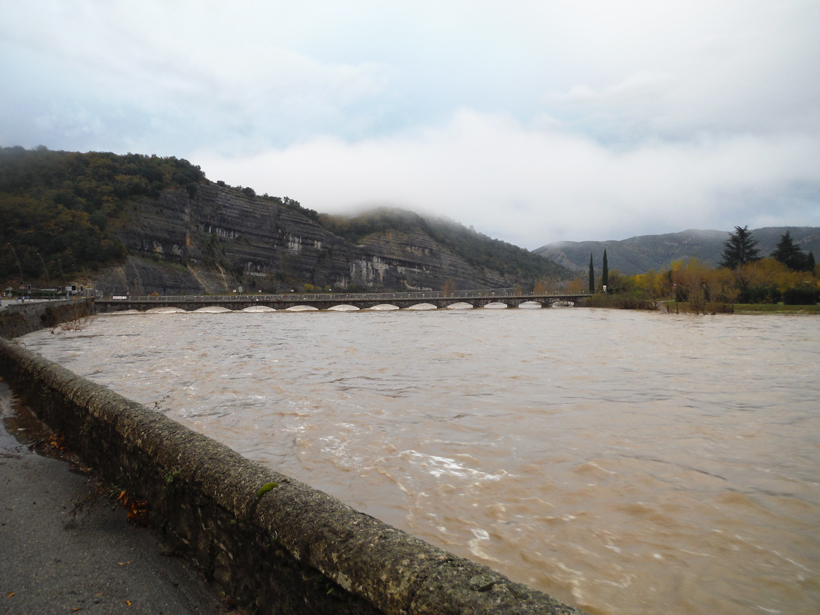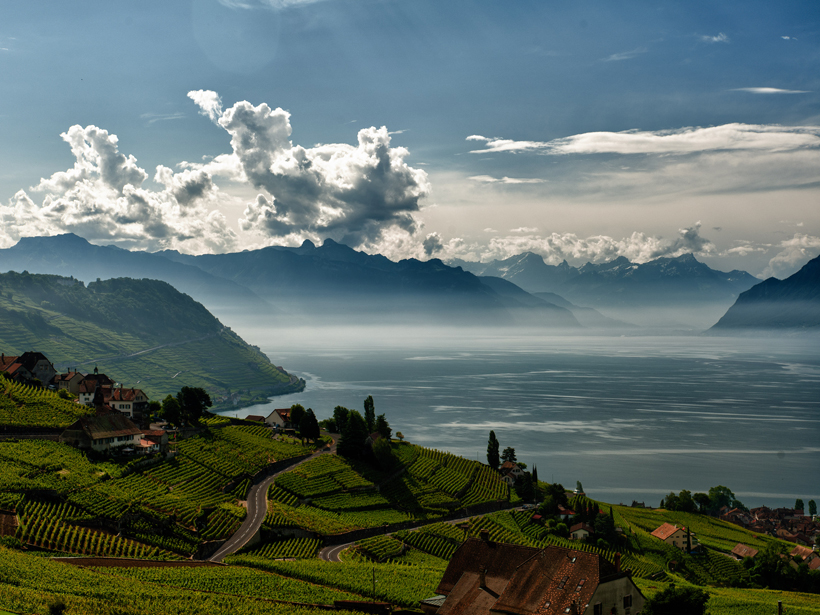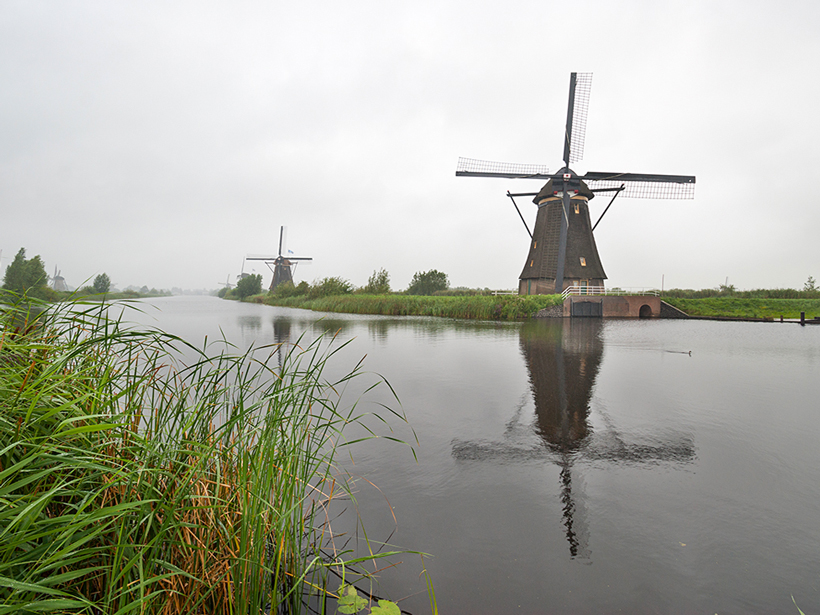The unprecedented toll from a powerful tsunami shocked a theoretical geophysicist, now an international geoscience organization leader, into action and advocacy to use science to aid society.
Hazards & Disasters
Gulf of Mexico Dead Zone Largest Since 2002
Downpours in June drove nutrients into the Mississippi River that ultimately deprived a much larger portion of the Gulf of oxygen than had been expected.
What Climate Information Is Most Useful for Predicting Floods?
Basing forecasts on data that preserve variations over space yield more reliable predictions than using standard numerical measures of climatic cycles' intensity.
Past Phosphorus Runoff Causes Present Oxygen Depletion in Lakes
Sediment cores show how phosphorus pollution in the 1950s led to current, inherited hypoxia in lakes in the Alps.
Underwater Robot Tracked Ocean Sediment During Hurricane Sandy
Hurricane Sandy moved a lot of debris, but where did it all end up?
Coping with Future Water Woes in the Western United States
Water Scarcity in the West: Past, Present, and Future; Davis, California, 6–7 April 2015
A University-Government Partnership for Oceanographic Research
After 44 years of coordinating the U.S. academic research fleet and facilities, the University-National Oceanographic Laboratory System (UNOLS) gears for the future.
Weak Shaking Lessened Nepal Earthquake Impact
Modest ground motion for such a big quake and some prior training in earthquake preparedness averted worse death and destruction, earthquake scientists say.
Seismic Hazard Assessment: Honing the Debate, Testing the Models
Earthquake experts with opposing views found common ground working around a table and on a hiking trail.
Floods Fail in War, Win as Weapon Against Sea Level Rise
A historical look at flooding used as a war strategy in the Netherlands found that the tactic often failed but, in the long run, has helped to protect the land against future floods and sea level rise.










